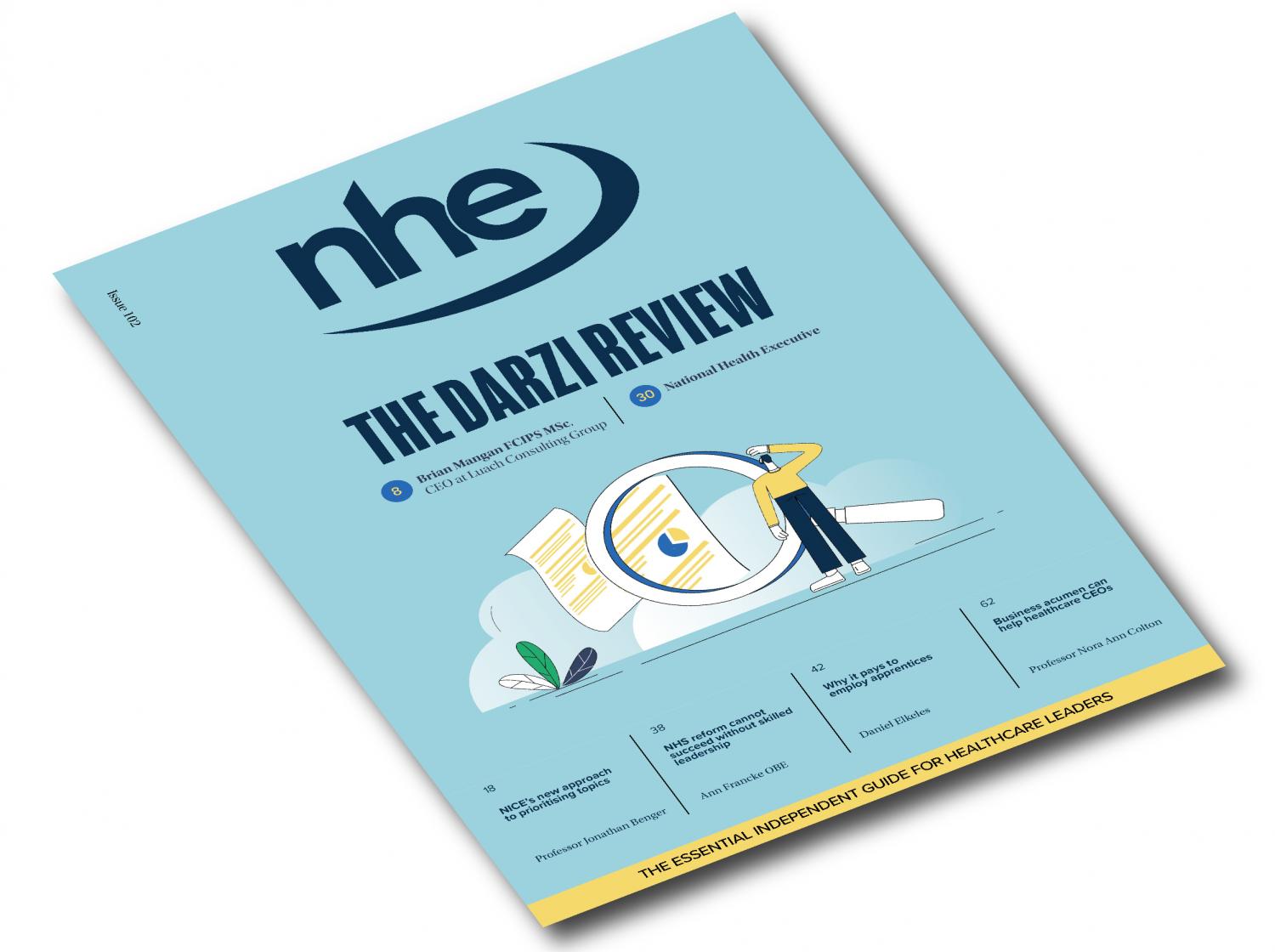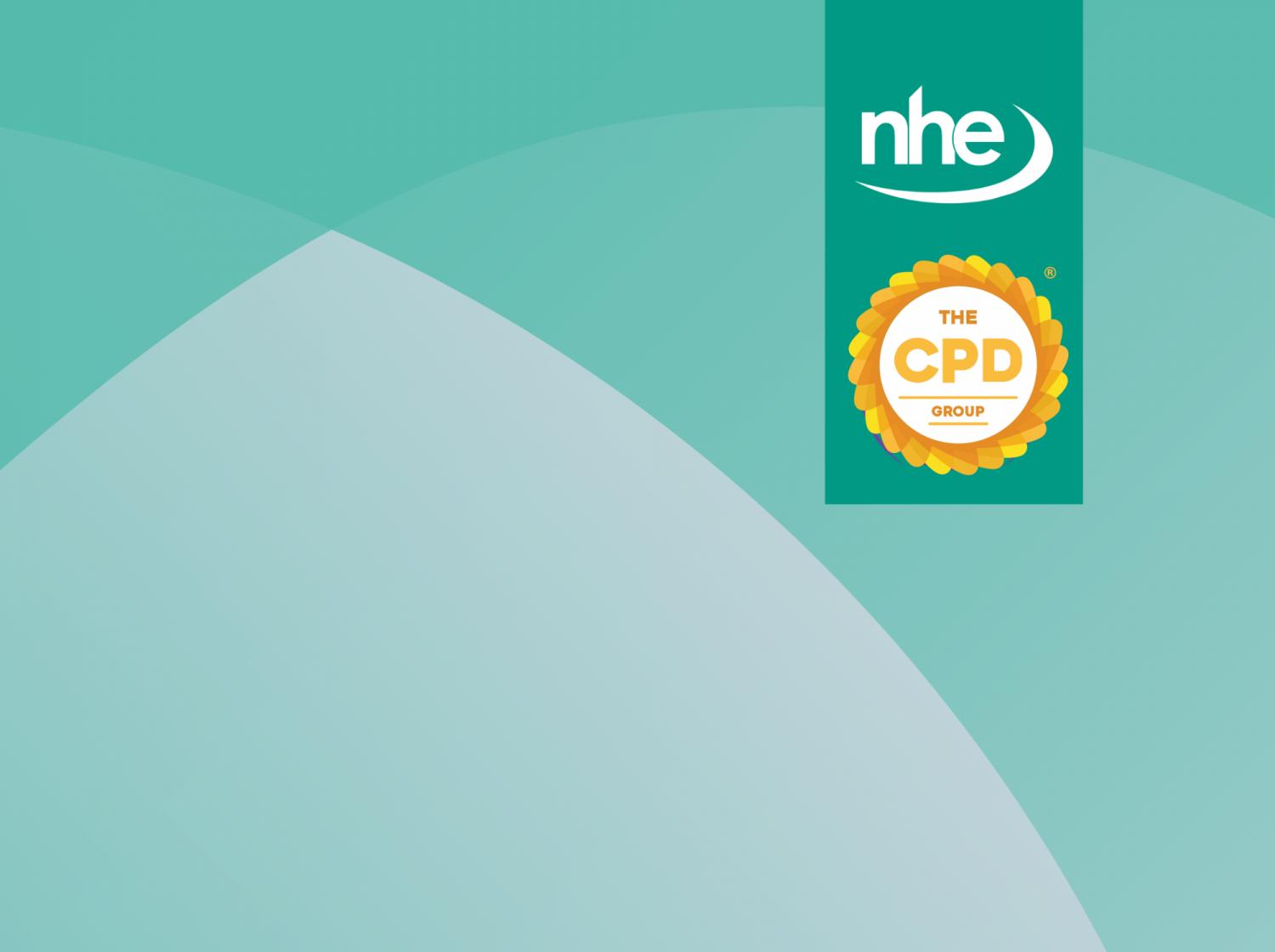Many patients don’t understand the information accompanying their medicines and are resorting to online as an alternative source, new research has revealed.
The findings, published as part of a report by the Kent Surrey Sussex Academic Health Science Network, indicate that only 32% of the 2,897 people polled understand the information on their patient information leaflets and around 55% have problems reading them.
Crucially, more people reported looking at online sources (77%) than those who would seek further clarification from a healthcare professional (71%) – this is juxtaposed by the fact that only 13% of respondents said they look to paper-based sources, as well as concerns raised by healthcare professionals pertaining to the amount of time they get to speak with patients about their medicines.
Kent Surrey Sussex Academic Health Science Network’s Chief Executive, Dr Des Holden, said: “The report indicates significant improvement is needed so that patients in the UK can easily access and understand high quality information about their prescription medicines, regardless of their background.
“Real change can be achieved through collaboration across the system, but we must design solutions in partnership with a diverse range of people living with health conditions, and not just a small number of people who are easily heard. I believe the innovative medicines labelling of the future will improve accessibility and will enable people to thrive, despite the burden of a medical condition.”
To create said change, the report sets out three areas of priority, including:
- Implementing a patient-focused approach to medicines information;
- Optimising technology;
- Establishing stronger relationships between regulators and policy-makers in order to develop a plan for electronic product information.
The aforementioned action areas would also need to address the concerns expressed around the side effects when taking more than one medicine; this is coupled with only 10% of respondents getting repeat prescriptions not reading the patient information.
The Patients Association’s Chief Executive, Rachel Power, added: “Patients must have easily understood information about the medicines they’re prescribed.
“Not understanding or not reading the patient information leaflet may be a safety issue. We know many people’s health literacy is not good. So, until better levels of health literacy are achieved, it is essential that companies provide information about prescription medicines written in language most people will understand.
“If patients don’t, or won’t read information about their medicines it is because it’s in a format they find difficult to use or written in a way that means nothing to them, then that patient can’t play an active role in deciding about their treatment or ask the doctor questions. This undermines patient involvement in their care, and that’s not something we should accept.”



















